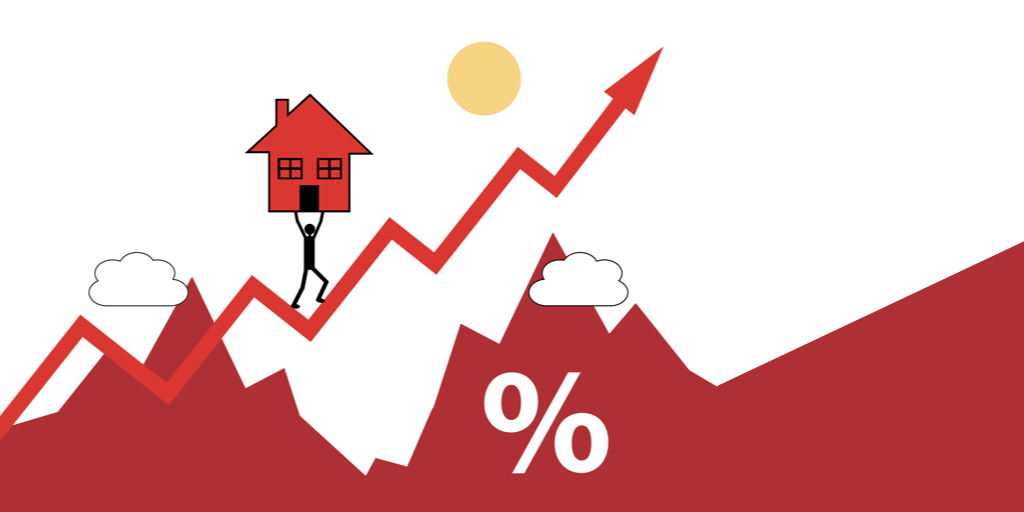Last week we looked at some of the country’s oldest retirees, who found their callings and joy late in lif, and want to keep working for pleasure as well as profit.
But what happens when you’ve saved and planned for retirement — and then the rug beneath your feet morphs into a magic carpet of debt and disintegrates?
That’s what happened to one Boomer couple, now 66 and 71, who had all their ducks in a row for a rosy retirement. A triple threat (serial job loss, serious illness, and the financial markets collapse) combined to effectively eliminate their savings.
To repair the damage, the couple invited their son and his family to move in while they tried to sell their house and move to a more affordable location. Too bad they didn’t know about, or perhaps didn’t consider, a reverse mortgage, which might have been the ticket to a smoother ride through the rapids. Now, even with the husband once again employed, they are saddled with massive credit card debt.
Some financial pundits hold the opinion that owning a house itself is the culprit, and advise seniors to pay off their mortgage and rent in retirement. Yet this suggestion undercuts everything many older adults have imagined and planned for their entire lives: living out their days secure in the knowledge that their longtime home will see them to the end of life in comfort and security.
Clearly, housing is the overarching expense in retirement as it is in our younger years, as confirmed by a recent Employee Benefit Research Institute report. Yet it’s not the only concern — or expense. While paying for a roof over their heads remains a constant 40-45 percent chunk of expenses in retirement, medical costs rise sharply. By age 90, the report states, “health care expenses account for more than 20 percent of the households’ entire budgets.” End-of-life health care costs can be astounding, even with Medicare: those in the 95th percentile of health care spending in 2011 spent almost $30,000, while those in the 25th percentile spent less than $1000.
Preparation and adaptation are key. Whether or not a dream job is on the cards for a senior, knowing they will be able to remain in their home is essential. Awareness of the evolving reverse mortgage option and how this might benefit their nest egg is smart recourse when creating a retirement planning toolkit — especially since the mass affluent are already using HECMs strategically to support their portfolios in a down market.








No comment yet, add your voice below!